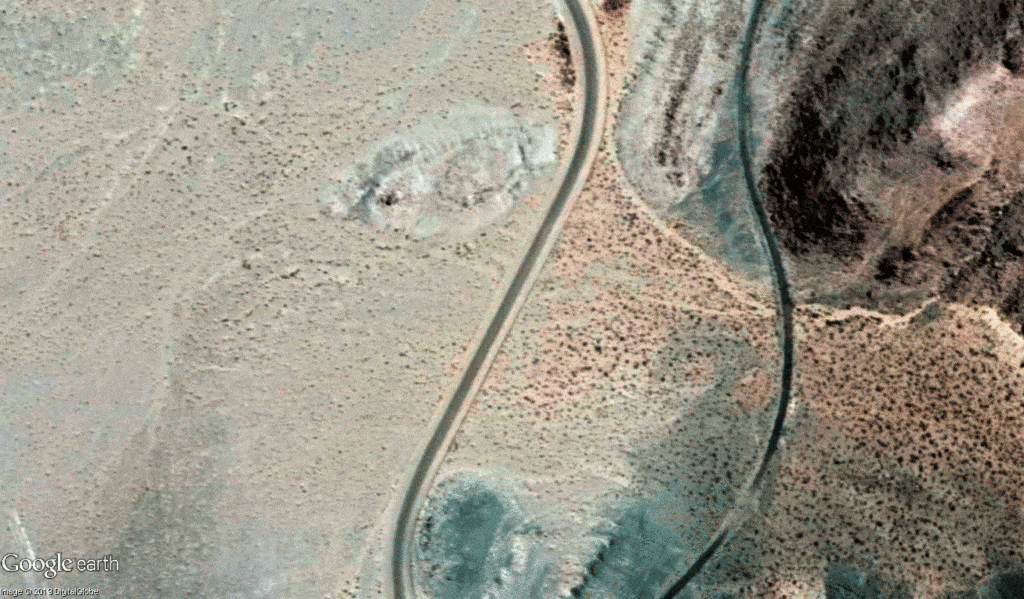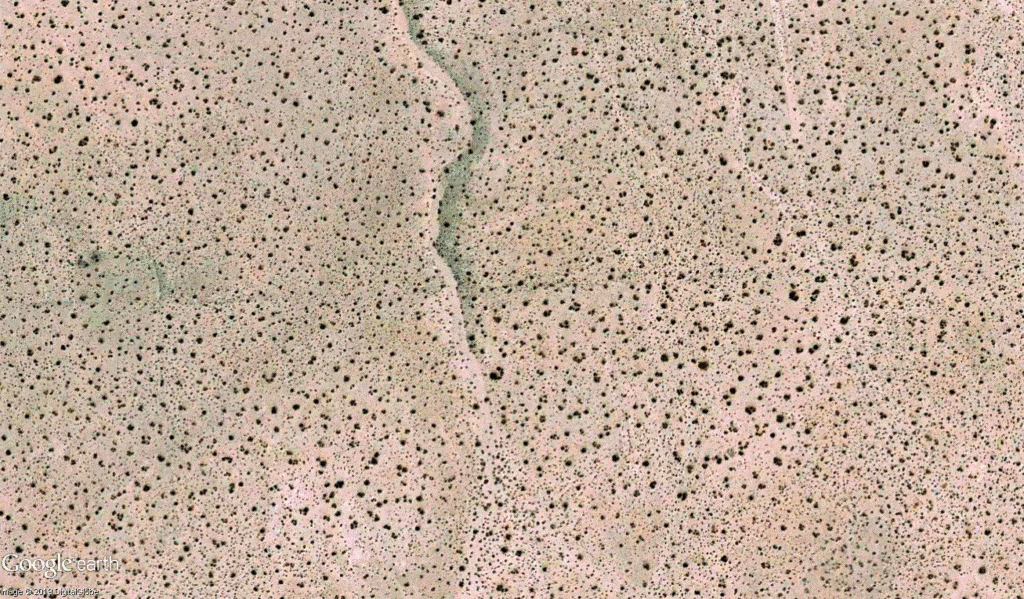The 2019 Ridgecrest earthquakes struck California on the 4th and 5th of July, with magnitudes of 6.4, 5.4, and 7.1, respectively. Millions felt the shaking, and even more were frightened by a potentially devastating earthquake. Now, satellite images show just how powerful the earthquake was.

California is pierced by the San Andreas fault, which extends roughly 1,200 kilometers (750 mi). The fault poses great seismic threat, with many seismologists suspecting that the fault is overdue for a major earthquake.
The Ridgecrest earthquakes should also be understood in the context of the San Andreas fault. Although the earthquakes caused relatively minor damage, the effects were felt across much of Southern California, as well as Arizona and Nevada, and even Mexico. It’s estimated that some 30 million people experienced the main shock.
However, the desert satellite images help convey the full power of the earthquake.

A geological fault is essentially a crack in the Earth’s crust. Typically, major faults are associated with, Earth’s tectonic plates, but smaller faults emerge all around the world. In an active fault, the two sides of the fault tend to move relative to each other over time — this movement can cause earthquakes.
A fault on the scale of San Andreas isn’t neatly carved through California. It produces many other faults that slice up in ribbons. These secondary faults can be ruptured by earthquakes, causing further temblors. When this happens, the effects can be severe.

These images are among the best of their kind. For starters, the earthquakes occurred in the desert, where displacements can be followed with relative ease. There’s no vegetation and nothing to obscure the geologists’ (or the satellites’) eyes.
“I like to think about the desert as an unpainted canvas,” said Ken Hudnut at the US Geological Survey. “And the earthquake tore a big rip through the desert canvas.”
These stunning visual effects have been produced using openly available satellite imagery from Google Earth and DigitalGlobe by earthquake geologist Sotiris Valkaniotis, who is based in Greece. It should be said that while the earthquake and faults are the main cause of the displacement, other causes such as landslides or liquefaction can also cause displacement.
Was this helpful?



